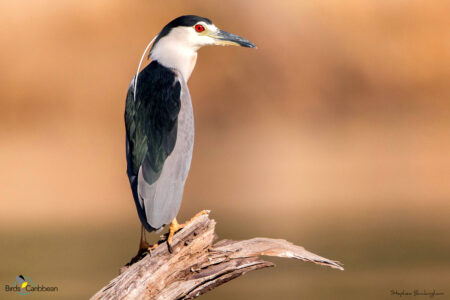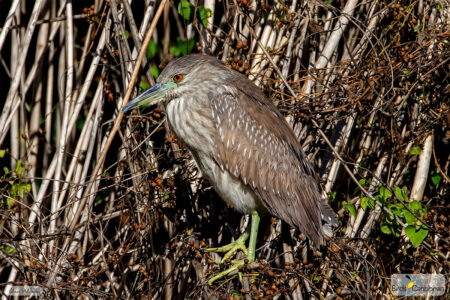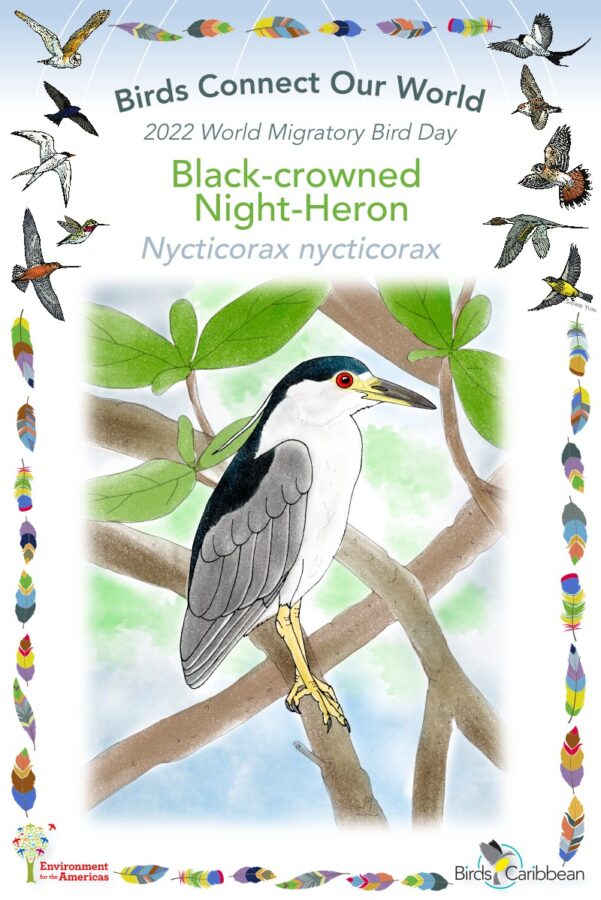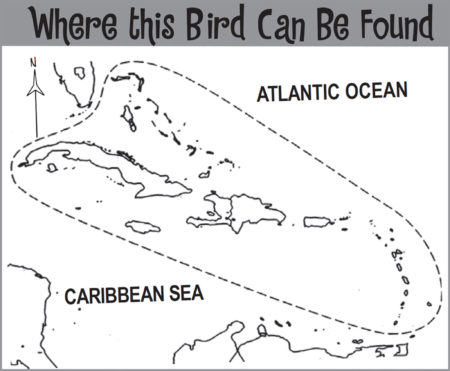Celebrate World Migratory Bird Day (WMBD) with us in 2022! This year’s theme is “Dim The Lights for Birds at Night”. Have fun learning about a new migratory bird every day. We have colouring pages, puzzles, activities, and more. Download for free and enjoy nature with your family at home.
Migratory Bird of the Day: Black-crowned Night-Heron
While birdwatching at your local wetland, you are most likely to see the Black-crowned Night-Heron perched on trees near the water during the day. As the sun sets, it becomes active searching for food and calling out “Woc” or “Quock.”
Scientists think they feed at night when competition for food is low, since other herons and egrets feed during the day. But they are not picky eaters and will feed during the day in the breeding season. They eat a variety of foods including leeches, earthworms, insects, crayfish, clams, fish, frogs, snakes, eggs, carrion, plants, and even garbage from landfills!
The Black-crowned Night Heron is a medium-sized stocky heron with a short neck and legs – giving it a hunched appearance. Adults have a white head with a distinctive black cap and upper back. Wings, rump, and tail are gray with white to pale gray underparts. Eyes are red and legs yellow-green. During the breeding season, their yellow-green legs turn pink, they develop long white head plumes, and the black on the head and back acquires a blue-green gloss. Juveniles are noticeably different – brown all over with white flecks and yellow eyes.
There are resident populations of Black-crowned Night-Herons on many Caribbean islands, including the Bahamas, Greater Antilles, Virgin Islands, Cayman Islands, and possibly Barbados. The breeding season varies from as early as January to as late as August. Like many herons they nest in colonies. Males choose the nest site up in a tree and begin to build the twig and stick nest, which they then advertise to prospective mates. Colonies in good locations, free from predators and other disturbances, may be used for 30-50 years!
During fall and winter Black-crowned Night-Herons from colder climates migrate south. Some will travel from as far as Massachusetts or Alberta to spend winter in Florida, Mexico and the Caribbean. Mudflats, shallow ponds, creeks, swamps, and marshes are important areas for this bird and should be protected. Black-crowned Night-Heron may even be able to tell you how healthy these areas are. Because they are high-up in the food chain, have a widespread distribution, and are colonial nesters, they make excellent environmental indicators of contamination. Learn more about this species, including its range, photos, and calls here.
Colour in the Black-crowned Night-Heron
Download the Migratory Birds of the Day Colouring Page! Use the picture above and the photos on this page as your guide, or you can look up pictures of the bird online or in a bird field guide if you have one. Share your coloured-in page with us by posting it online and tagging us @BirdsCaribbean #WMBD2022Carib
Listen to the calls of the Black-crowned Night-Heron
The calls of the Black-crowned Night-Heron include a croaking abrupt “Woc“
Puzzles of the Day
Click on the images below to do the puzzle. You can make the puzzle as easy or as hard as you like – for example, 6, 8, or 12 pieces for young children, all the way up to 1,024 pieces for those that are up for a challenge!


Activity of the Day
 FOR KIDS: What facts can you remember about todays migratory bird – the Black-crowned Night-Heron? Test your knowledge by filling in the missing words in our Black-crowned Night-Heron facts! We have given you all the correct words to use but can you put them into the right fact? You can re-read the information all about this bird above, or search on the BirdsCaribbean webpages or online for lots more information about the Black-crowned Night-Heron! Then, when you have completed all the sentences, you can check your answers here.
FOR KIDS: What facts can you remember about todays migratory bird – the Black-crowned Night-Heron? Test your knowledge by filling in the missing words in our Black-crowned Night-Heron facts! We have given you all the correct words to use but can you put them into the right fact? You can re-read the information all about this bird above, or search on the BirdsCaribbean webpages or online for lots more information about the Black-crowned Night-Heron! Then, when you have completed all the sentences, you can check your answers here.
FOR KIDS AND ADULTS: Enjoy this video of a Black-crowned Night-Heron in the wild! You can see this bird in the classic ‘hunched over’ posture that this species adopted. Watch it as it hunts for food using a ‘stabbing’ motion with its sharp pointed bill- and eventually catches a fish!


